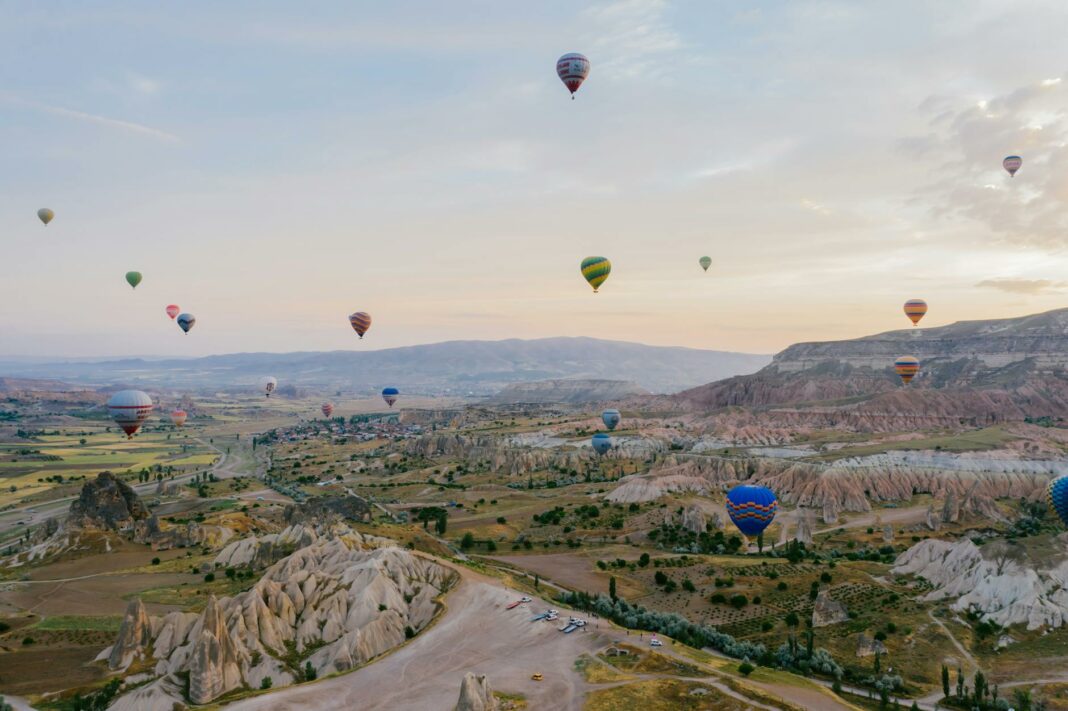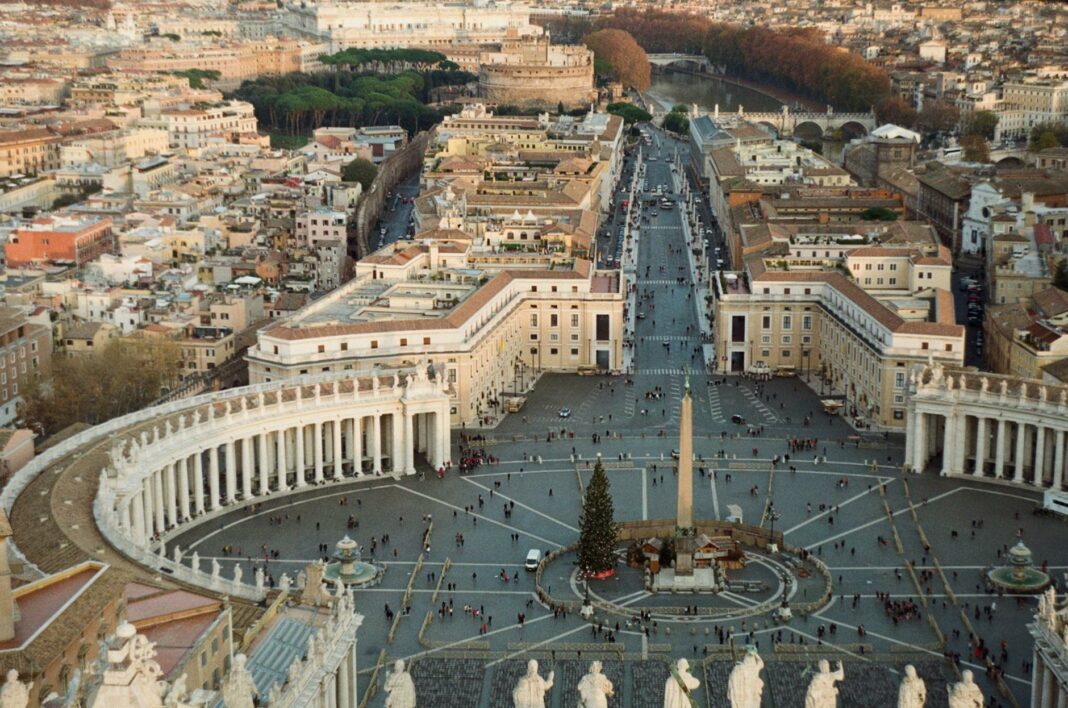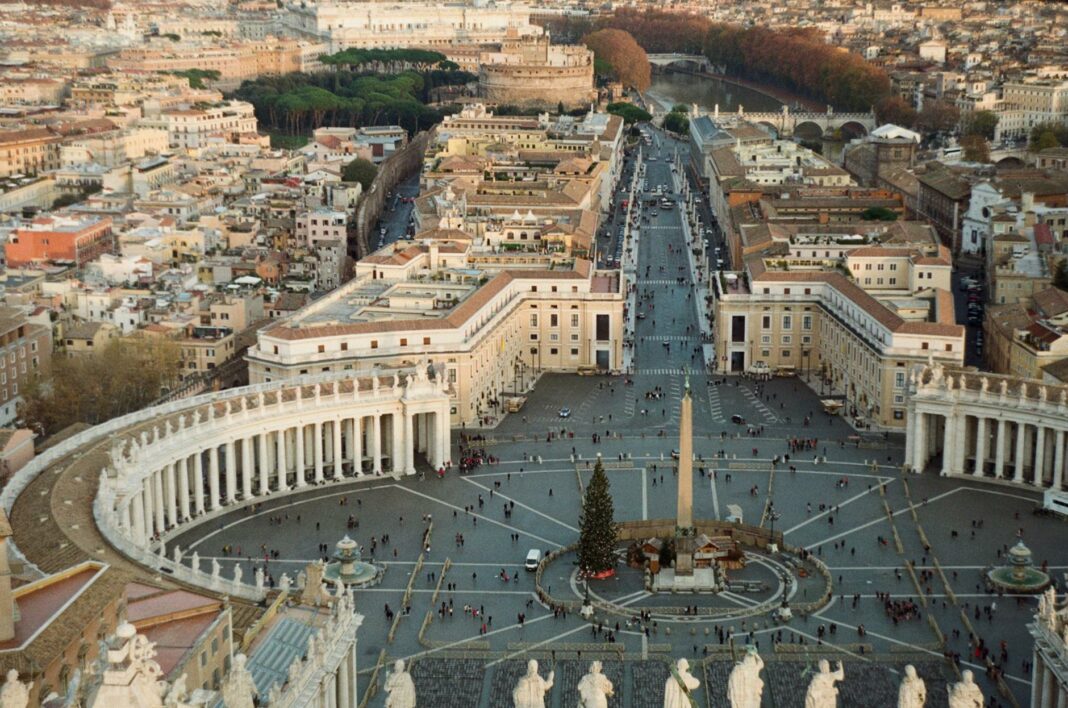Table of Contents
The concept of pilgrimage stirs the soul and has been a source of transformation for countless seekers throughout history. This blog post explores whether a pilgrimage can truly change your life forever, delving into its historical roots, personal experiences, and the undeniable connections forged along the way. From spiritual awakenings to deep community ties, the journey of a pilgrimage often leads to not just a destination but a profound change in perspective and being.
Traveling down sacred paths opens avenues that challenge our understanding of life itself. Imagine walking for days, surrounded by nature and the beauty of different cultures, all while reflecting on your own life’s choices. This post will guide you through the multifaceted impacts of embarking on such a significant journey, showcasing how it can ignite a spark of change that resonates long after the last step is taken.
What is a pilgrimage?
A pilgrimage is not merely a physical journey; it embodies a sacred quest for self-discovery and spiritual growth. Typically, individuals embark on these journeys to visit holy sites or places of personal significance, whether that’s within a religious context or a more individualistic one. The act of walking or traveling often symbolizes moving away from the familiar and stepping into a realm of introspection. Therefore, as you engage in this pilgrimage, you are invited to reflect on your life while surrounded by environments that breathe wisdom and tranquility.
The physical exertion of long walks, the changing landscapes, and even the challenges faced along the way contribute to the transformative nature of pilgrimages. This journey pushes you out of your comfort zone, encouraging you to shed old beliefs and emerge renewed. Pilgrimages manifest in many cultures globally, from the Camino de Santiago in Spain to the Hajj in Mecca, showcasing their universal appeal and the deeply human desire to find meaning beyond oneself.
Historical significance of pilgrimages
Diving into history reveals that pilgrimages have been integral to spiritual and cultural life for centuries. They often serve as rites of passage, inviting individuals to connect with their heritage, explore ancient practices, and honor traditions passed down through generations. Historical figures and ordinary individuals alike have traversed daunting paths in search of enlightenment, showing that this practice transcends time and geographic boundaries.
<pOne can look back at historical texts and artifacts to see how pilgrimages shaped civilizations. They sparked economic growth in surrounding areas, leading to the establishment of unique communities dedicated to hospitality. Over time, these journeys became symbols of devotion and resilience, resonating with anyone seeking deeper understanding and connection to their intrinsic faith or beliefs. Each step down a path echoes the journeys of countless others who came before, linking participants to a lineage of seekers and dreamers.
Personal transformation through pilgrimage
Many who partake in pilgrimages recount profound personal transformations arising directly from their experiences. By disconnecting from daily distractions and immersing in the pilgrimage experience, travelers often find clarity about their life purposes, relationships, and aspirations. The act of moving towards a goal serves not just to reach a destination but to rediscover oneself along the way.
Through trials, moments of solitude, and the beauty of companionship, individuals confront their fears and vulnerabilities. This journey often prompts emotional catharsis, allowing hidden feelings to surface and be addressed. Participants emerge with newfound wisdom, often reporting increased resilience, heightened empathy, and a more profound sense of peace that can be life-altering. This transformation frequently inspires a commitment to cultivate positive change in their everyday lives, making their pilgrimage a catalyst for lasting impact.
Fostering spiritual connection
Pilgrimages create opportunities for deepening spiritual connections, whether tied to established religious beliefs or more secular philosophies. This intentional journey allows for reflection, prayer, and meditation in environments often considered sacred. It invites individuals to transcend mundane concerns and engage with universal questions about existence, purpose, and connection.
<pAlong each sacred path, small rituals emerge, whether lighting candles in a chapel or finding moments of silence under a starry sky. These experiences foster a heightened sense of spirituality, allowing participants to reestablish or even redefine their relationships with the divine. This reinvigorated connection often sustains itself well beyond the journey, guiding individuals in their everyday decision-making and interactions with others.
Community bonding during the journey
Pilgrimage often weaves a rich tapestry of community bonding among its participants. Meeting fellow travelers creates a sense of camaraderie, allowing individuals to share stories, struggles, and triumphs along the way. These connections often blossom into friendships, creating a supportive network that extends beyond the duration of the journey.
Sharing meals, resting together, and exchanging reflections about the pilgrimage experience fosters a vibrant sense of belonging. The walls of isolation and individualism dissolve, replaced by a collective spirit that enhances the journey’s depth. This sense of community serves as a powerful reminder of our shared humanity and interconnectedness, reinforcing the belief that we are not alone in our quests for meaning and fulfillment.
Life-altering experiences
Pilgrimages often unfold unexpected challenges and surprises that leave lasting impressions. From breathtaking landscapes to encounters with local cultures and traditions, each experience has the potential to alter perceptions and spark innovation. Many discover talents, passions, or new perspectives they never envisioned before through engaging with the world outside their familiar settings.
These enlightening moments can come in various forms—maybe it’s a conversation with a wise stranger, a chance encounter with a local artisan, or an awe-inspiring sunrise over a distant horizon. Such experiences encourage individuals to reflect deeply on their values and desires. As participants navigate through physical challenges, they often discover inner strengths, leaving transformations embedded in their hearts and minds long after returning home.
Embracing change after pilgrimage
What happens once the journey comes to an end? The closure of a pilgrimage marks the beginning of integrating changes experienced throughout. Armed with new perspectives and insights, individuals often find themselves reevaluating priorities and making conscious choices aligned with their newfound clarity. The transformation doesn’t merely stop but begins fueling an ongoing evolution in their day-to-day lives.
Many return to find they have a different outlook on their relationships, health, and goals. There’s a renewed commitment to mindfulness, compassion, and authenticity. By embracing the change inspired by their pilgrimage, individuals frequently contribute positively to their communities and echo the values cultivated during the journey. This process emphasizes the ripple effect of personal transformation, demonstrating how one pilgrimage can create a chain reaction of breakthroughs in both personal and social realms.
Reflections on life-altering journeys
A pilgrimage is far more than a journey towards a destination; it encapsulates a kaleidoscope of experiences shaping who we are at the core. Time spent in contemplation, connection, and shared experiences unfolds the potential for change in a way that remains palpable long after the last footprints have faded from the trail. These journeys foster transformations that resonate through our thoughts and actions, inspiring us to live more meaningful and connected lives.
Ultimately, the impact of a pilgrimage is boundless. It bridges the gap between self-discovery and communal bonds while instilling values that can last a lifetime. Those willing to take that leap emphasize the power of exploration—not just of external landscapes but of inner realms that wait to be discovered. As such, a pilgrimage can indeed change your life forever, serving as a testament to the profound effects of intentional journeys.
FAQ
- Can anyone embark on a pilgrimage? Absolutely! Pilgrimages are open to anyone willing to seek personal truth or explore spiritual paths, regardless of religious background.
- What should I prepare for a pilgrimage? Essential preparations include physical training, packing light, familiarizing yourself with the route, and setting personal intentions for the journey.
- How long does a pilgrimage typically last? The duration varies widely, from a few days to several months, depending on the specific route and individual commitment.
- Are there risks involved in going on a pilgrimage? Like any journey, there are inherent risks. However, with proper planning and awareness, many of these can be mitigated to ensure a safe experience.
- Will a pilgrimage guarantee a life-changing experience? While many return transformed, each individual’s journey is unique, and results may vary. However, the act of engaging in such a sacred journey is inherently impactful.
Image Credit: Pexels





